G-tokyo 2011: Roppongi’s chic art fair
Debuting last year and making quite a splash, “G-tokyo” has returned to the Mori Arts Center Gallery.
Though structured in the same three long corridors and again showcasing a tight selection of fifteen Tokyo galleries, the 2011 edition contains more solo and curated shows than last year. This year’s event is also geared more to the general visitor, running an extra week (the “exhibition week”) after all the “art fair” sales are over.
The “G-tokyo 2011” opening night on Friday coincided with four galleries re-opening in the Piramide building, very close to Mori and also a stone’s throw from the previous Roppongi art gallery complex that shut in 2008.
Also, “Mancy’s Tokyo Art Nights” has also been taking place this weekend in an Azabujuban luxury salon bar, and “Tokyo Frontline” has emerged as a wholly new fair at 3331 Arts Chiyoda just days before.
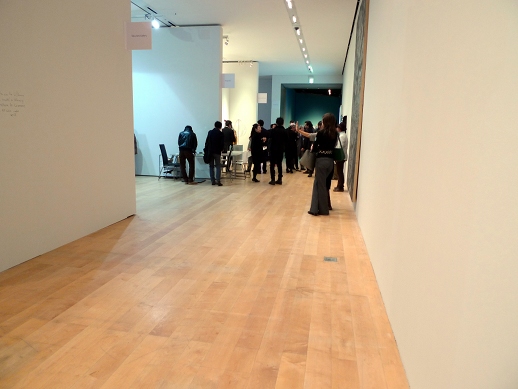
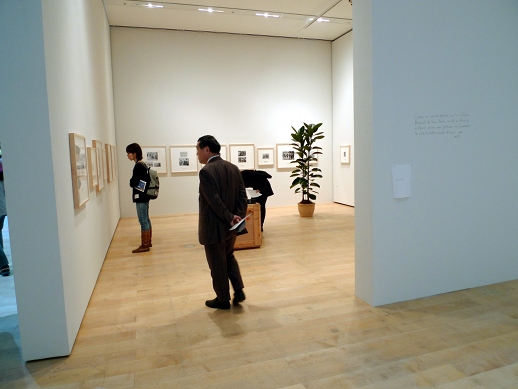
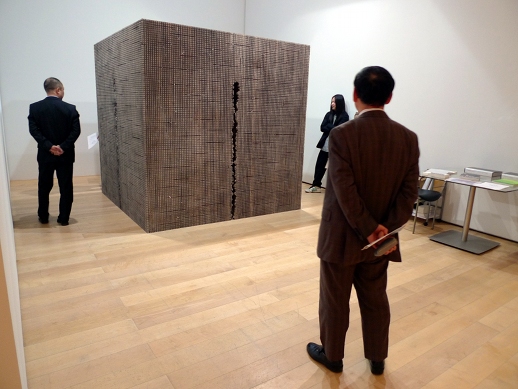
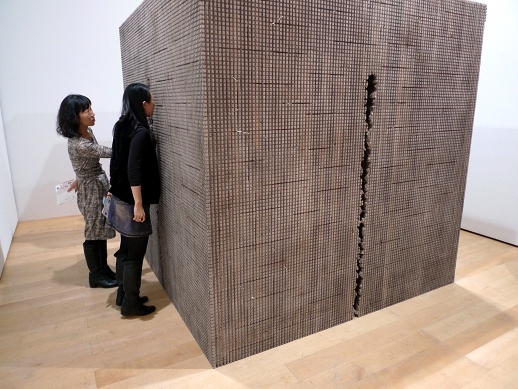
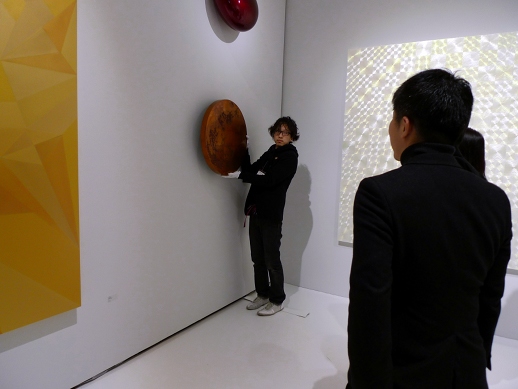
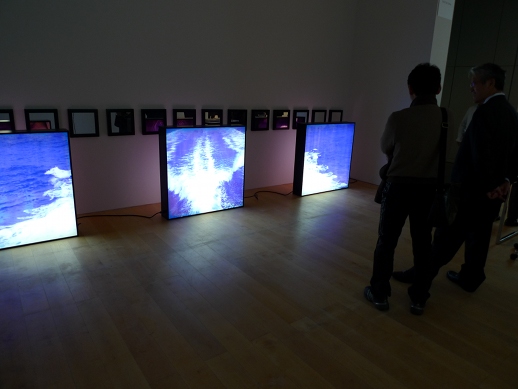
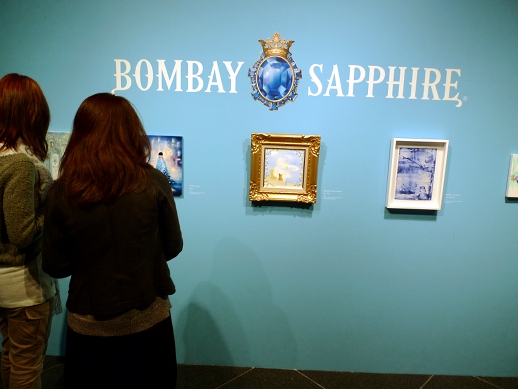
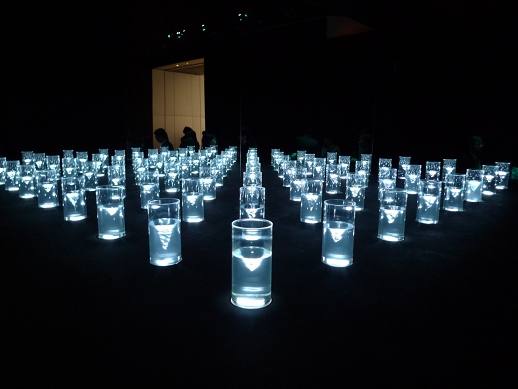
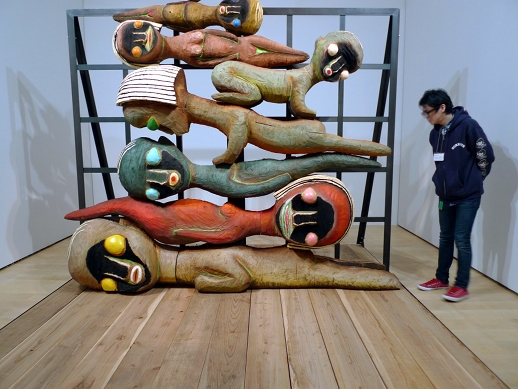
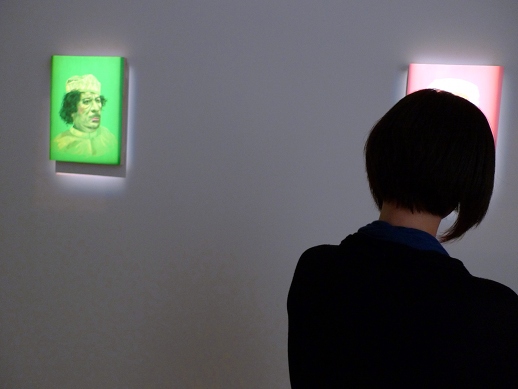
William Andrews
William Andrews



